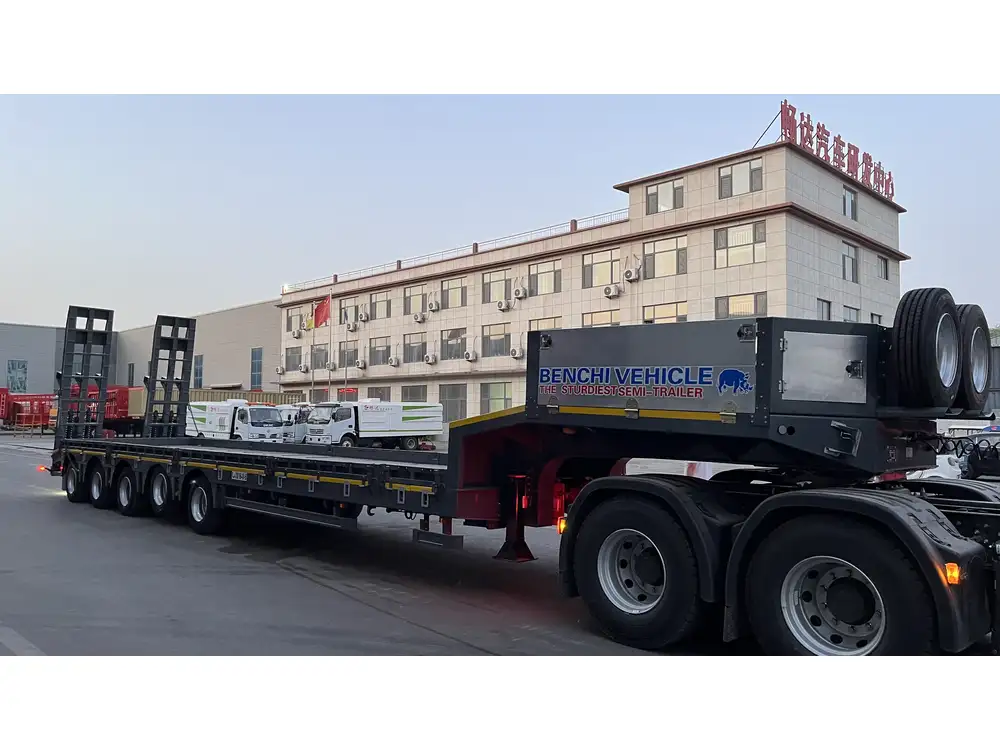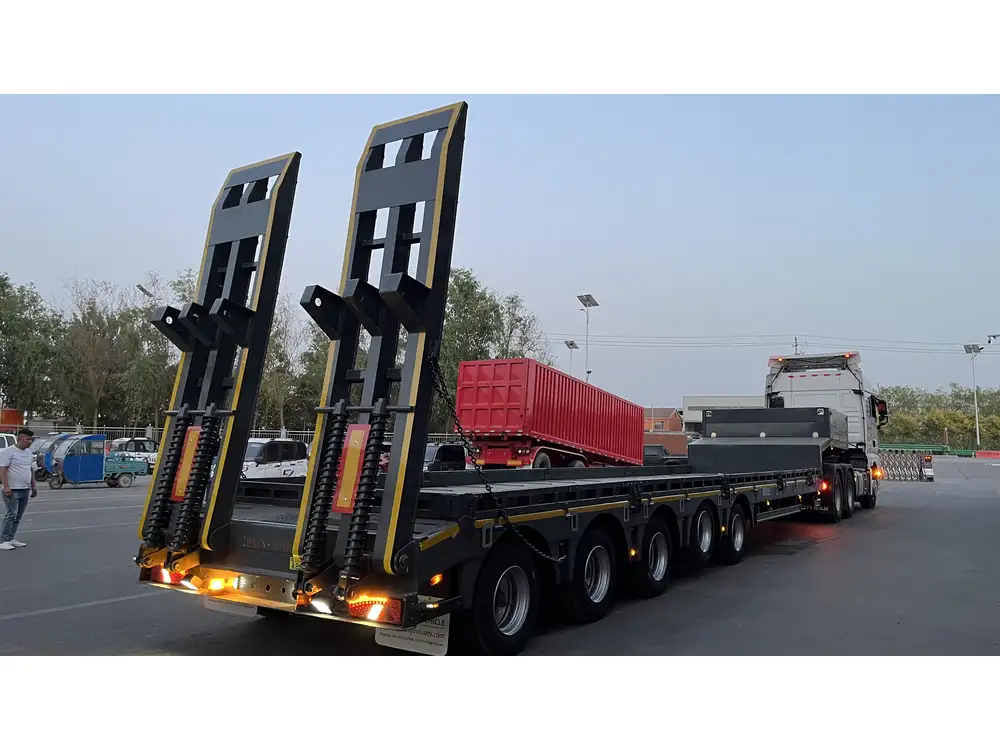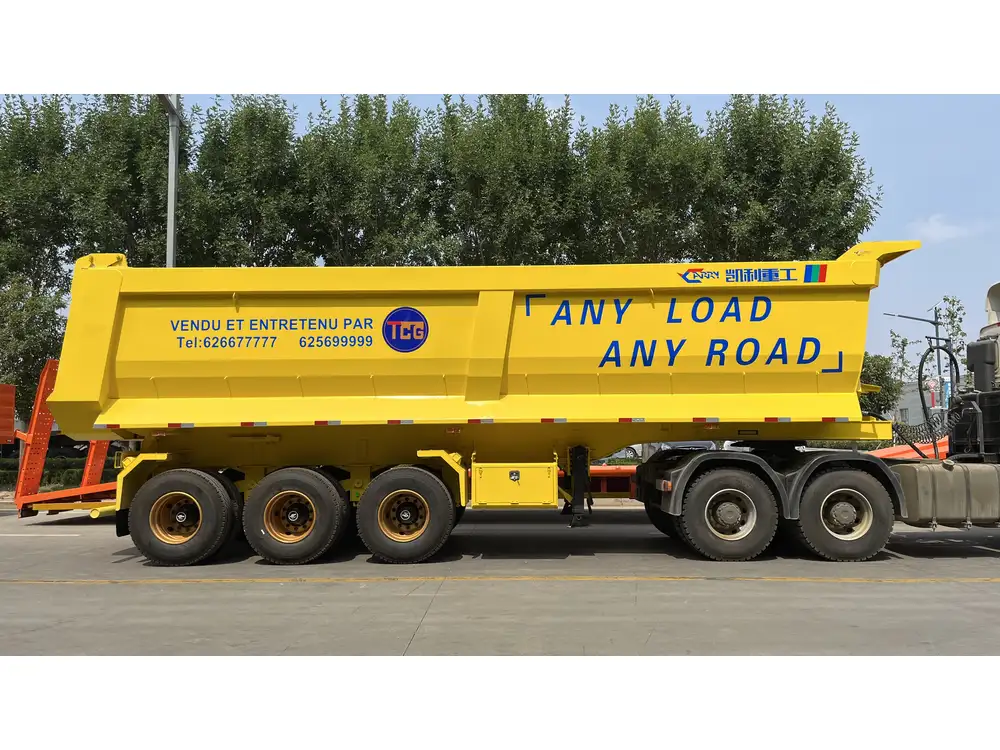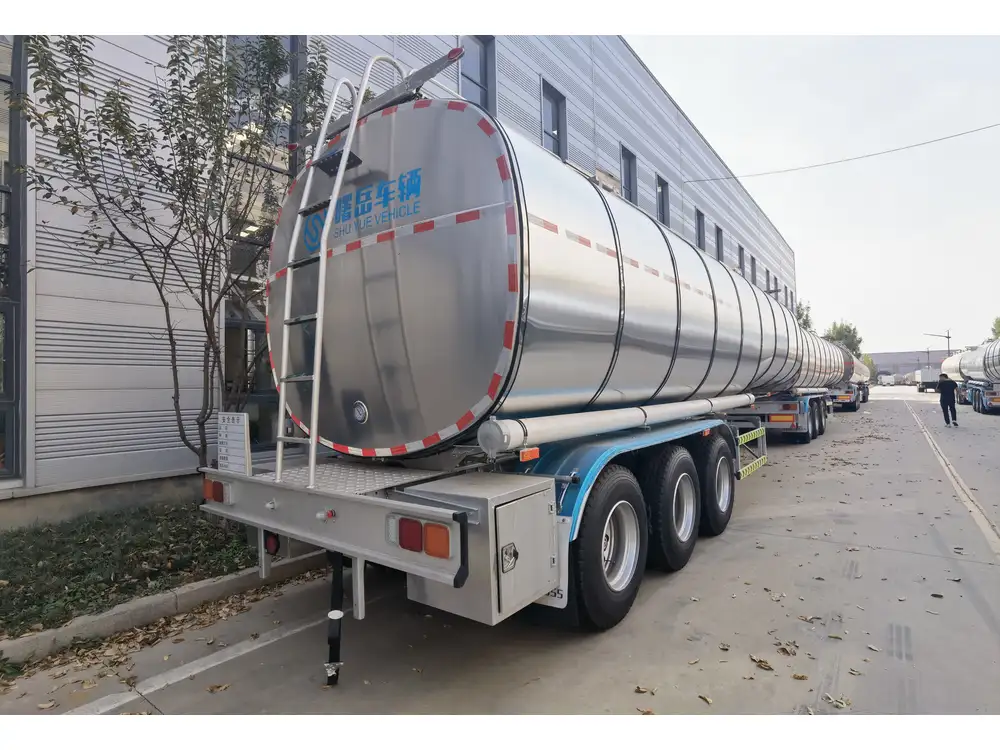When it comes to the transportation industry, semi truck trailers represent a significant investment. Whether you’re an established logistics provider, a budding owner-operator, or a fleet manager, understanding the factors that influence the cost of a semi truck trailer is paramount. This article delves into the multifaceted aspects that contribute to pricing, ensuring you have a comprehensive overview to guide your purchasing decision.
1. Factors Influencing the Cost of Semi Truck Trailers
1.1 Trailer Type
Semi truck trailers come in various types, and the most common are:
| Type | Description | Typical Price Range |
|---|---|---|
| Dry Van Trailers | Enclosed trailers for transporting non-perishable goods. | $30,000 – $60,000 |
| Reefer Trailers | Refrigerated trailers for perishable items. | $40,000 – $70,000 |
| Flatbed Trailers | Open trailers for large or heavy items. | $20,000 – $50,000 |
| Tank Trailers | Used for liquids, including chemicals and fuels. | $35,000 – $100,000 |
| Dump Trailers | Designed for bulk materials that need unloading. | $25,000 – $60,000 |

1.2 Material and Build Quality
The construction material plays a pivotal role in trailer pricing.
- Aluminum Trailers: Lighter and less prone to rust but more expensive. Price range: $50,000 – $80,000.
- Steel Trailers: Heavier and more durable; typically more cost-effective. Price range: $30,000 – $60,000.
1.3 Features and Specifications
Trailers with advanced features—such as aerodynamic designs for enhanced fuel efficiency, custom interiors, and specialized locking systems—tend to be priced higher. Some added features might include:
- Lift Gates: $5,000 – $15,000
- Custom Colors/Graphics: $2,000 – $10,000
- Telematics Systems: $1,500 – $5,000
1.4 Brand Reputation
The manufacturer’s brand can significantly affect the cost. Reputed brands often promise higher quality and better resale value:
| Brand | Reputation Score | Average Price Premium |
|---|---|---|
| Carrier | High | +15% |
| Wabash | High | +10% |
| Utility | Moderate | +5% |

1.5 Market Conditions
Market dynamics such as supply chain disruptions, raw material costs, and overall economic trends can lead to price fluctuations. During economic downturns, prices may drop, but during surges in demand (e.g., post-pandemic logistics spikes), expect higher prices.
1.6 Geographic Location
Regional differences can affect pricing due to shipping costs, local demand, and state taxes. For example, purchasing in states with lower tax rates can result in significant savings.
2. Cost Breakdown: What to Expect
To gain a clearer understanding of what you’re paying for, let’s break down the total cost of ownership and the initial purchase price of a semi truck trailer into various components.

2.1 Initial Purchase Price
Beyond the base cost of the trailer, additional upfront fees contribute to the total. These may include:
- Sales Tax (typically 5-10%)
- Registration and Licensing Fees (can vary by state)
2.2 Ongoing Operating Costs
Consider ongoing expenses, which may include:
| Cost Type | Estimated Annual Cost |
|---|---|
| Insurance | $2,000 – $8,000 |
| Maintenance | $1,500 – $5,000 |
| Tires Replacement | $2,000 – $8,000 |
| Fuel | Variable, depending on use |
2.3 Depreciation and Resale Value
Trailers can depreciate at a rate of around 10-15% annually. However, certain models, especially from reputable brands, may retain their value better than others.

3. Financing Options for Semi Truck Trailers
Understanding financing options is essential for making an informed purchase:
3.1 Traditional Loans
Most common; likely to require a down payment of 10%–20%. Terms may range between 36 to 72 months.
3.2 Leasing
A viable alternative, allowing for lower monthly payments and potential tax benefits.
| Leasing Type | Advantages | Disadvantages |
|---|---|---|
| Operating Lease | Lower payments, flexibility to upgrade | No ownership equity |
| Capital Lease | Ownership at the end of the term | Higher monthly payments |

3.3 Government Grants and Assistance
Explore local grants or programs aimed at helping small businesses in the trucking industry. Always conduct thorough research.
4. Tips for Buying Semi Truck Trailers
To help you navigate the purchasing process effectively, consider the following strategies:
4.1 Research and Compare
Before making a purchase, conduct comprehensive research on various models, brands, and pricing. Utilize resources like online marketplaces, forums, and purchase guides.

4.2 Inspections and Certifications
Always opt for a pre-purchase inspection by a certified mechanic to ensure quality and functionality.
4.3 Negotiation Strategies
Don’t hesitate to negotiate the price. Understand market conditions and have a maximum budget in mind.
4.4 Warranty and After-Sales Service
Evaluate the warranty and after-sales support desirably offered by manufacturers, as quality service can save you substantial future costs.

5. Current Trends in the Semi-Trailer Industry
5.1 Technological Advancements
From GPS tracking systems to automated braking systems, technology is reshaping the industry:
- Telematics: Optimizing routes and fuel usage.
- Electric Trailers: Emerging interest in eco-friendly solutions.
5.2 Sustainability Efforts
The push for greener solutions remains strong, with many manufacturers focusing on sustainable practices and materials to reduce environmental impact.

5.3 Regulatory Changes
Keep an eye on evolving regulations that may influence the types of trailers that are allowed on the road and the features they should include.
6. Conclusion: Making an Informed Purchase
Understanding the myriad of factors influencing the cost of semi truck trailers is vital for making an informed purchasing decision. Consider your unique operational needs, weigh the upfront costs against long-term returns, and strive to stay informed about industry trends. With this knowledge in hand, you’ll be well-prepared to navigate the complex world of semi truck trailer investments successfully.
Investing in a semi truck trailer transcends simple cost; it’s about equipping yourself for long-term operational efficiency and adaptability in a rapidly changing industry.



